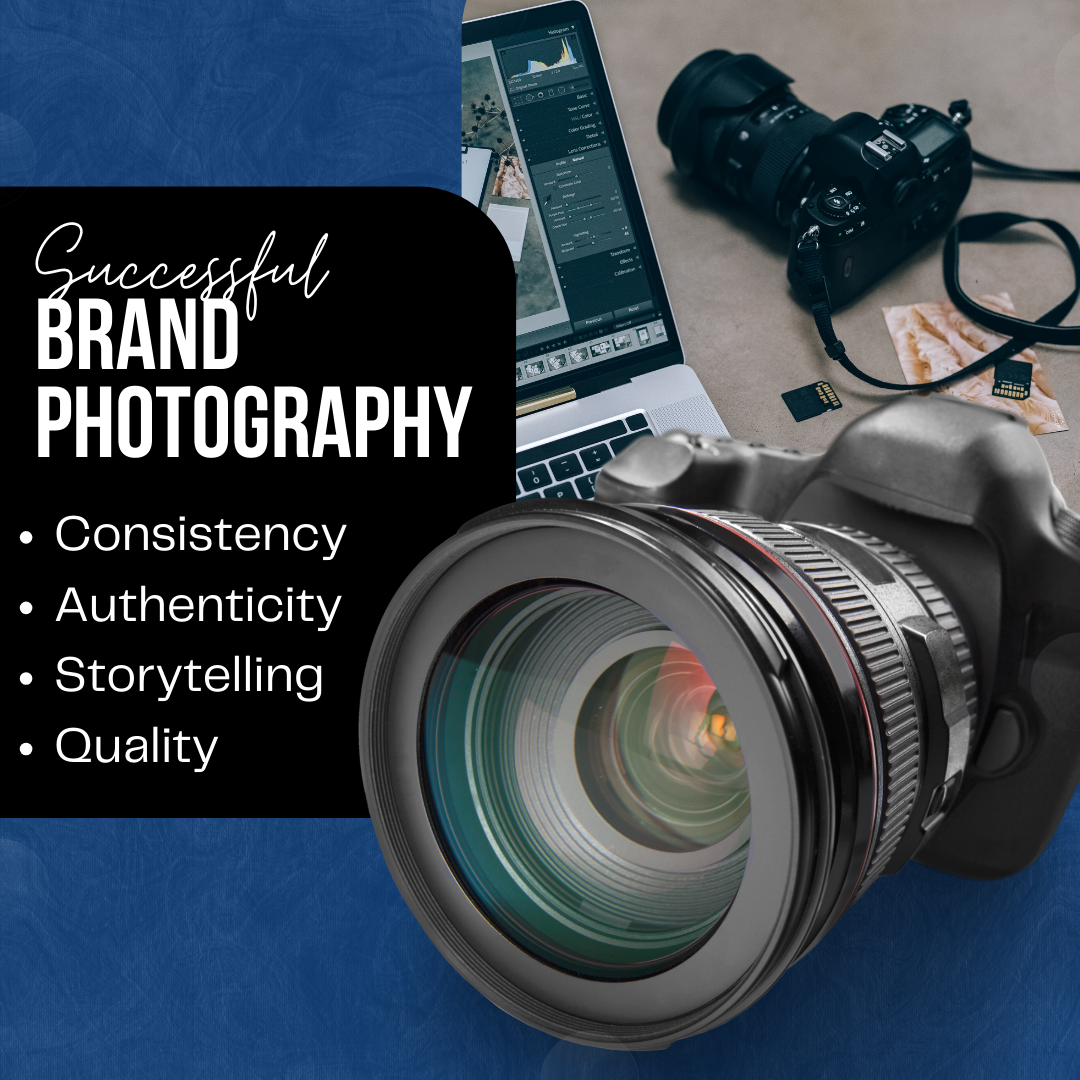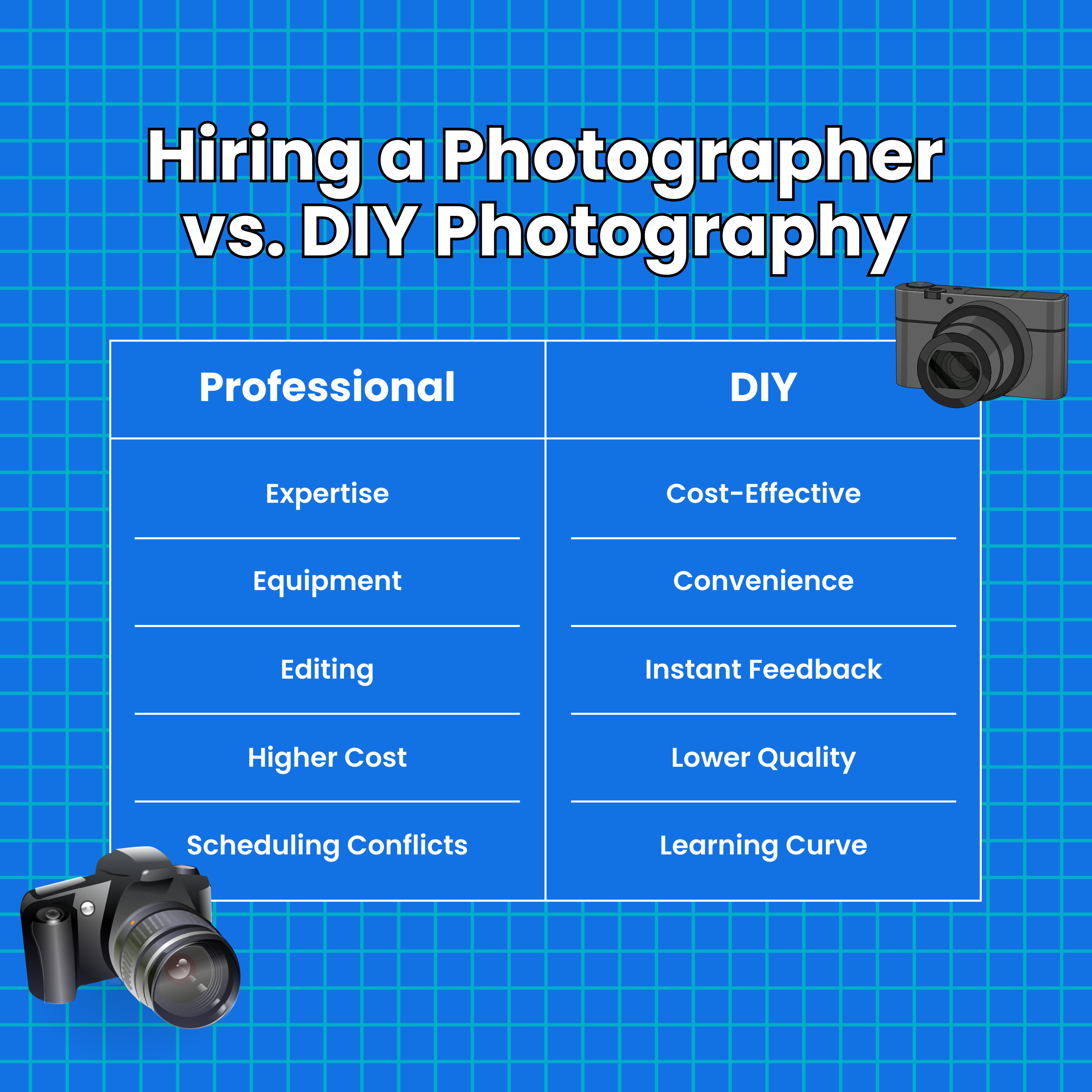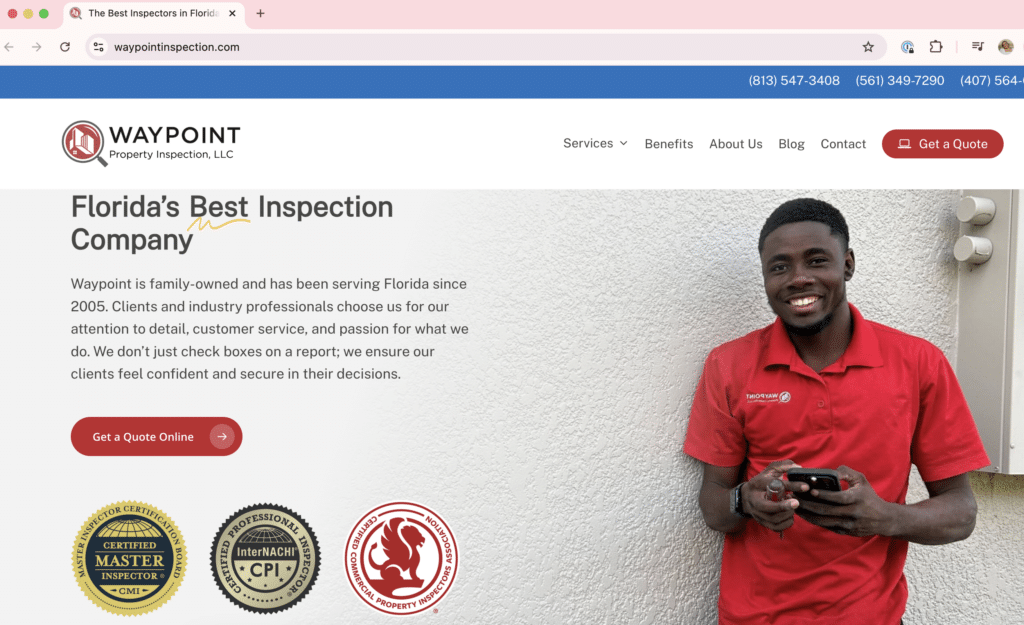Whether you’re a startup or an established company, the right images can define your brand, tell your story, and connect with your audience. This guide will help you understand the importance of brand photography and how to plan and execute a successful photoshoot.
By the end, you’ll know how to elevate your brand with stunning visuals. Let’s dive in and discover how to bring your brand’s story to life through photography.
What is Brand Photography and Why is it Important?
Brand photography is more than just taking professional pictures; it’s about capturing the essence of your business and visually telling your brand’s story. These images encompass everything from product photos and team headshots to lifestyle shots and behind-the-scenes glimpses. Consider when searching for a home to buy or rent on Zillow, you’re more likely to want to tour a property with professionally staged and clear images than one with dark, blurry, outdated, or no images at all.
But why is brand photography crucial for your business? First impressions matter. High-quality visuals make a lasting impact on potential customers, helping them form an immediate connection with your brand. Consistent and authentic images ensure that your visuals align perfectly with your brand’s message, creating a cohesive and recognizable identity.
Strong visual identities are crafted through meticulous brand photography, consistently reflecting a brand’s values and style across all platforms. High-quality images also boost engagement on social media and websites, drawing in your audience and encouraging them to interact with your content.
Elements of Successful Brand Photography
- Consistency: Maintaining a consistent style and theme across all your photos helps create a cohesive brand image that is easily recognizable.
- Authenticity: Keeping it real and relatable ensures that your photos genuinely represent your brand and resonate with your audience.
- Storytelling: Using photos to tell your brand’s story adds depth and emotion, making your brand more memorable.
- Quality: Investing in high-quality images reflects the professionalism and credibility of your brand, making a strong impression on your audience.

Hiring a Photographer vs. DIY Photography
Regarding brand photography, you can hire a professional photographer or use your own device. Each option has its benefits and drawbacks.
Hiring a Professional Photographer
Pros:
- Expertise: Professionals bring experience and creative vision, ensuring high-quality, polished images.
- Equipment: Access to advanced cameras and lighting for superior results.
- Editing: Advanced post-production skills for a cohesive final product.
Cons:
- Cost: It can be expensive, which may be a concern for smaller budgets.
- Scheduling: Coordinating schedules and finding the right photographer can take time.
DIY Brand Photography with an iPhone or Personal Camera
Pros:
- Cost-Effective: No need to spend on professional services.
- Convenience: Control over timing and location.
- Instant Feedback: Quickly review and adjust photos.
Cons:
- Quality: Limited compared to professional equipment.
- Learning Curve: Requires time to master photography basics and editing.
Making the Right Choice
Consider your budget, time, and the quality you need. If you want high-quality, consistent results, a professional photographer is often worth the investment. For budget-friendly, flexible options, using an iPhone can work well if you’re willing to put in the effort to learn and experiment.

Utilizing Brand Photography Across Various Platforms
Website Integration
Your website is often the first point of contact between your brand and potential customers. High-quality images can make a lasting impression. According to a study by Justuno, 93% of consumers consider visual content to be the key deciding factor in a purchasing decision. Here’s how to effectively use your brand photography on your site:
- Homepage Images: Use striking images on your homepage to immediately grab attention and convey your brand’s essence.
- Product Showcases: High-resolution photos of your products can highlight their features and appeal. Ensure these images are clear and detailed to instill confidence in your potential buyers.
- Team Introductions: Personalize your brand by including professional photos of your team members. This humanizes your brand and helps build trust.
- Visual Consistency: Maintain a consistent style and quality across all images to reinforce your brand’s visual identity and create a cohesive user experience.

Social Media Adaptation
Each social media platform has its own unique style and audience. Tailoring your brand photography to fit these platforms can significantly boost engagement. According to Sprout Social, visual content is 40 times more likely to get shared on social media than other types of content. Here’s how to make the most of your brand photography on different platforms:
- Instagram: Focus on visually appealing and high-quality images that tell a story. Use Instagram’s features like Stories, Reels, and carousel posts to create dynamic content.
- Facebook: A blend of professional shots and lifestyle photos works well here. Highlight behind-the-scenes images, customer stories, and product uses to create a more relatable and engaging feed.
- LinkedIn: Professionalism is key. Use high-quality images that reflect your business ethos, including team photos, office environments, and industry events. This helps build a credible and professional image.
Marketing Materials
Whether it’s brochures, ads, or flyers, high-quality photos can make your marketing materials stand out. According to a study by Xerox, color visuals increase people’s willingness to read content by 80%. Here’s how to effectively use your brand photography in various marketing materials:
- Brochures and Flyers: Use images to break up text and add visual interest. High-resolution photos can illustrate your services or products effectively.
- Advertisements: Eye-catching images are essential in ads. Ensure your photos are relevant and support your ad copy, making your message more compelling.
- Consistency: Keep the visual style consistent with your brand’s overall aesthetic to ensure recognizability and professionalism.
Email Campaigns
Incorporating compelling visuals into your email campaigns can significantly increase their effectiveness. According to Vero, emails with images see a 42% higher click-through rate than those without. Here’s how to make the most of visuals in your email campaigns:
Attention-grabbing: Use high-quality images to catch the reader’s eye. A well-chosen image can convey your message quickly and effectively.
Engagement: Visuals can drive engagement by encouraging readers to click through to your website or landing page. Use images to illustrate promotions, new products, or important updates.
Mobile Optimization: Ensure your images are optimized for mobile viewing, as a significant portion of emails are opened on mobile devices.
SEO Benefits
Optimizing your brand photography for SEO can enhance your online visibility and drive more traffic to your website. According to a study by BrightEdge, 68% of online experiences begin with a search engine. Here’s how to leverage your images for better SEO performance:
- Descriptive File Names: Use clear and descriptive file names for your images. Instead of “IMG1234.jpg,” use “handmade-ceramic-mug.jpg” to give search engines a better understanding of the image content.
- Alt Text: Write detailed alt text for each image. Alt text not only helps with accessibility for visually impaired users but also provides search engines with context about the image. For example, “A close-up of a handmade ceramic mug with a blue glaze.”
- Captions: Adding captions to your images can enhance user experience and provide additional context. Captions are also indexed by search engines, contributing to SEO.
- Responsive Images: Use responsive images that adjust to different screen sizes. This ensures your site is mobile-friendly, which is a key factor in SEO rankings.
Measuring the Impact of Brand Photography
To understand how well your brand photography is performing, track engagement metrics such as likes, shares, and comments on social media and your website. This helps you see which images resonate best with your audience.
Gather feedback from your customers to learn how they perceive your visuals. This insight is invaluable for refining your approach and ensuring your images align with your brand’s goals.
Regularly review and update your brand photography strategy based on analytics and feedback. This ongoing process will help you keep your visuals fresh and impactful, maintaining a strong connection with your audience.
Conclusion
Making a real impact with your brand photography involves capturing and conveying your brand’s unique story. By integrating high-quality visuals across your website, social media, and marketing materials, you’ll create a strong, consistent brand presence that resonates with your audience.
From hiring a professional to leveraging your iPhone, each choice plays a role in enhancing your brand’s image. Regularly measuring and refining your approach ensures your photography continues to connect and engage effectively.
At WolfPack Advising, we’re here to help you elevate your brand through strategic marketing. Schedule an online consultation today to discover how we can assist in bringing your brand’s story to life.




